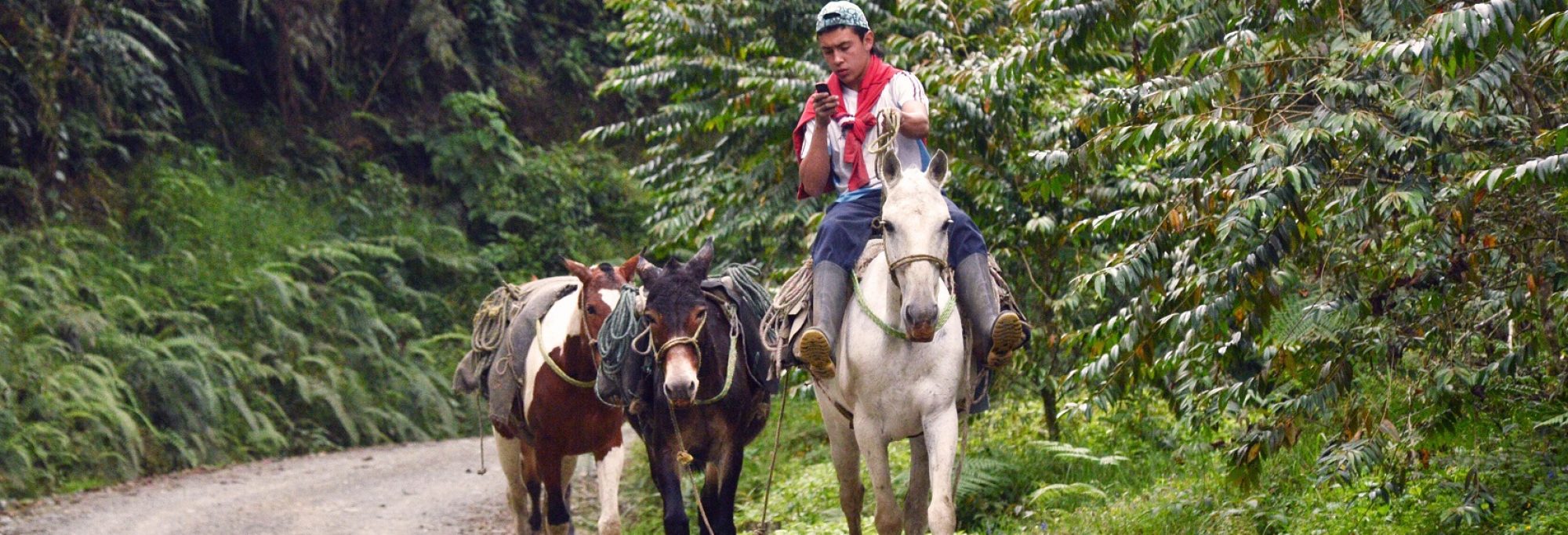Costa Rica
Despite being an area that emits less than 0.5% of the world’s greenhouse gases, Central America is one of the planet’s regions most vulnerable to climate change, according to a study involving four Costa Rican universities.
Latin America
According to the latest issue of the journal Nature, investment in science and scientific studies is increasing in South America. Brazil invests US$27 billion a year in science, technology and innovation and employs two-thirds of South America’s scientists. In Argentina, there are almost three scientists per thousand workers and Chile is the country where the most patents have been registered in the region (13.52 per million inhabitants).
Argentina, Brazil and Colombia are the three Latin American countries where people voluntarily donate blood the most. According to the PAHO, that blood can save 12 million lives.
Argentina
A fruit fly has been genetically modified in Argentina to recreate Alzheimer’s disease by producing virtually the same amount of beta amyloid protein involved in plaques. The researchers hope to identify genes involved in protein toxicity.
A study funded by NASA has identified organic debris in glass fragments created after the impact of meteorites million years ago in the Argentine Pampas, the grassland plains around Buenos Aires. Scientists found the remains of plants that are similar to those currently growing in the area.
Mexico
The optimization in the production of bioplastics derived from the bacteria Azotobacter vinelandii was performed at Mexico’s UNAM by silencing bacterial genes. The researchers were also able to provide the bioplastics with elasticity and strength.
